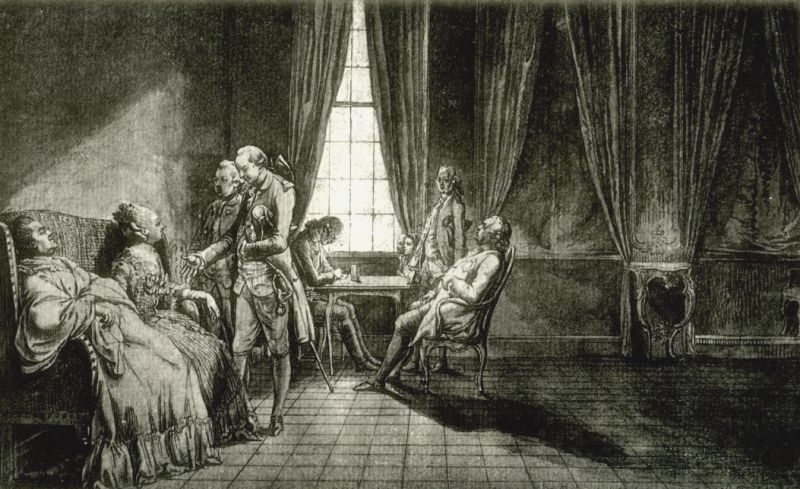Daniel Chodowiecki – The Polonica
Mediathek Sorted

![Ill. 2: Cabinet d’un peintre [Cabinet of a painter] Ill. 2: Cabinet d’un peintre [Cabinet of a painter] - Etching, 18 x 23 cm. Depicted is part of Chodowiecki's family.](/sites/default/files/styles/width_100_tiles/public/assets/images/2_mit_familie.jpg?itok=Ox3Ojmp4)
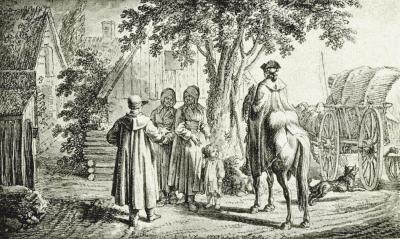
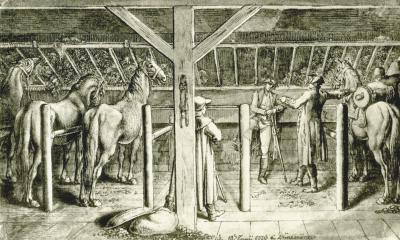
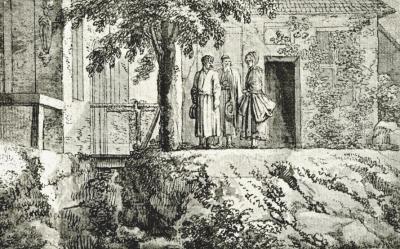
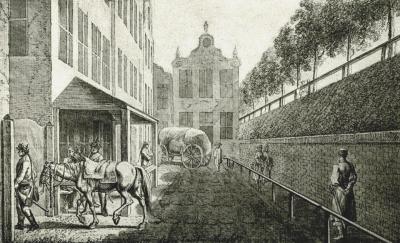
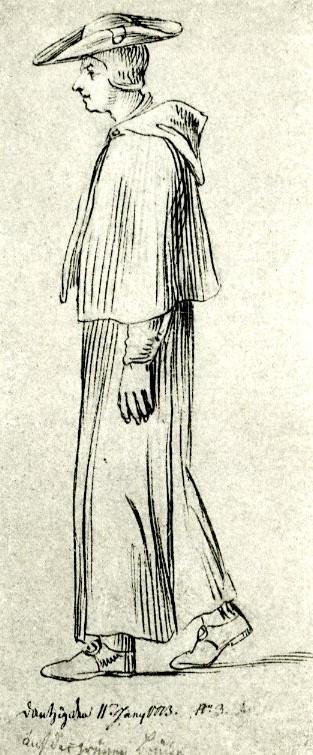
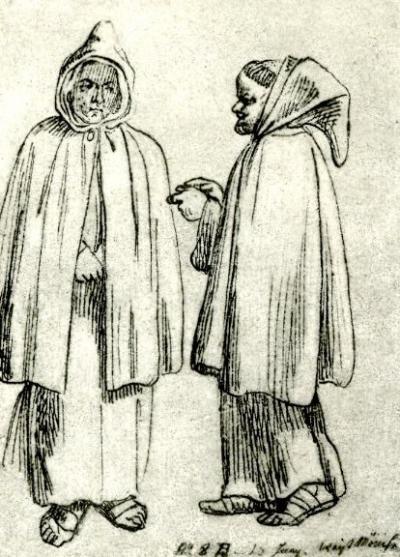

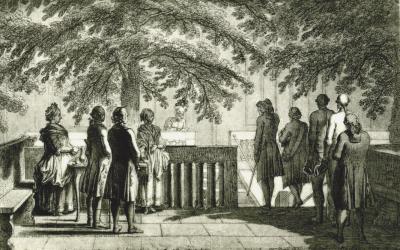
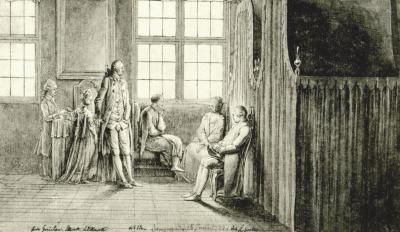
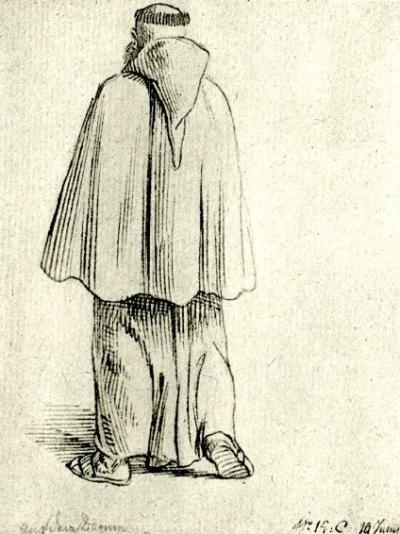
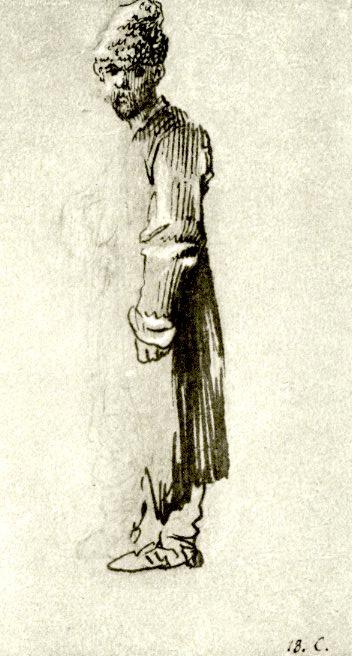
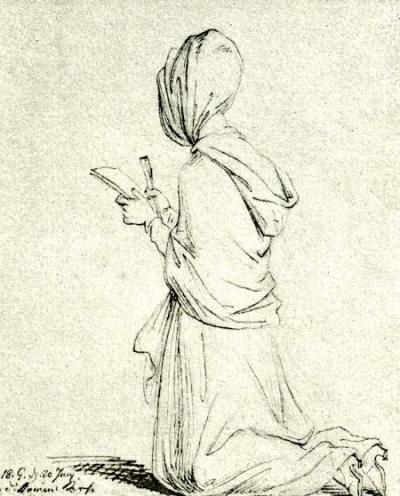

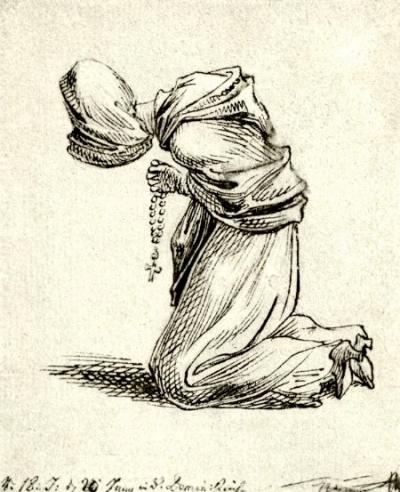
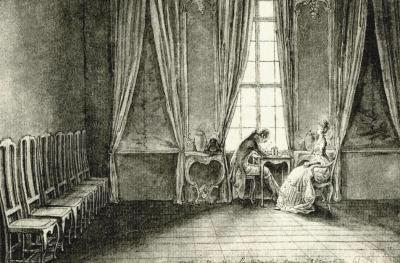

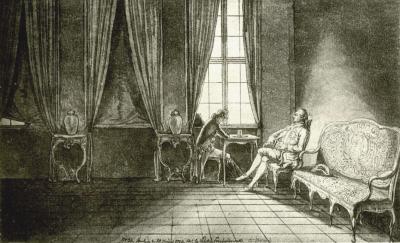
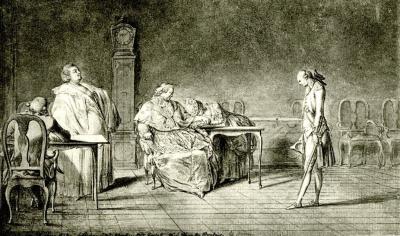
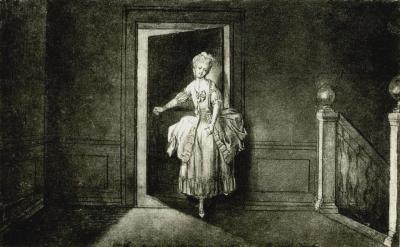
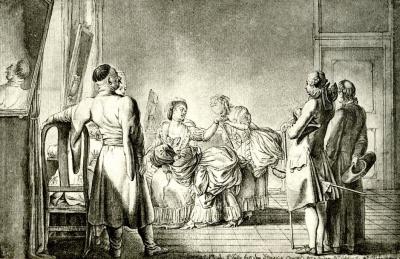



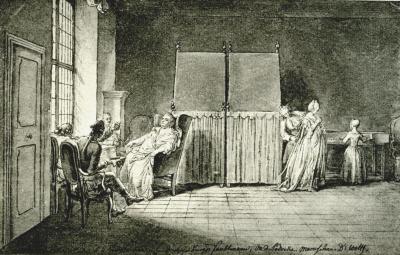
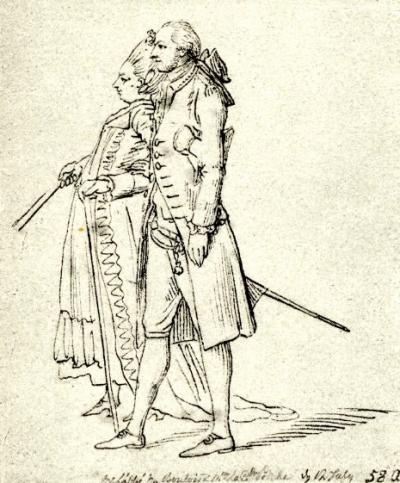

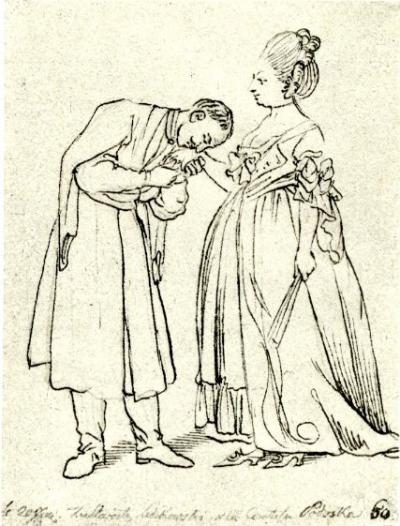
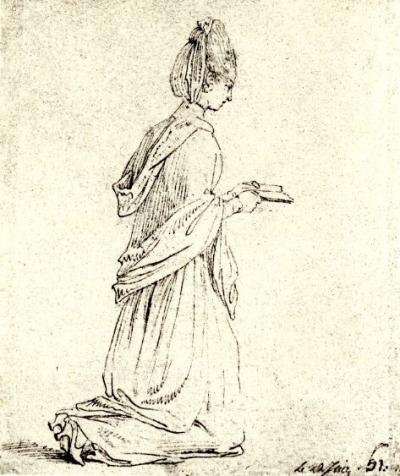
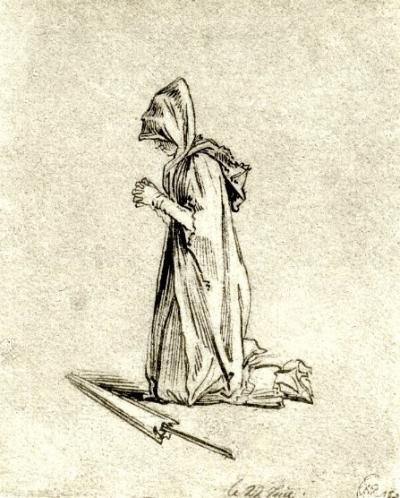
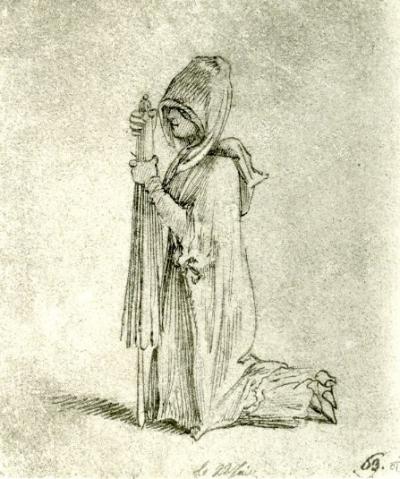
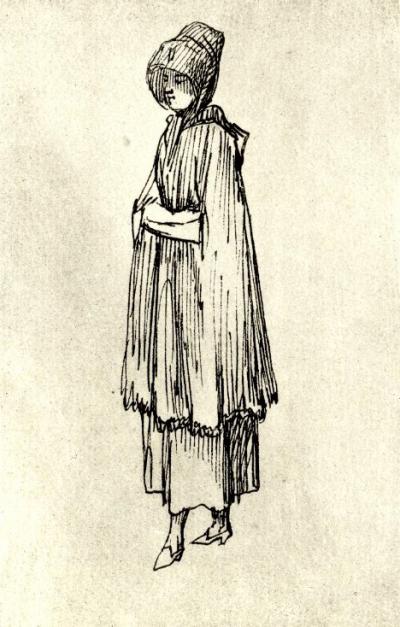

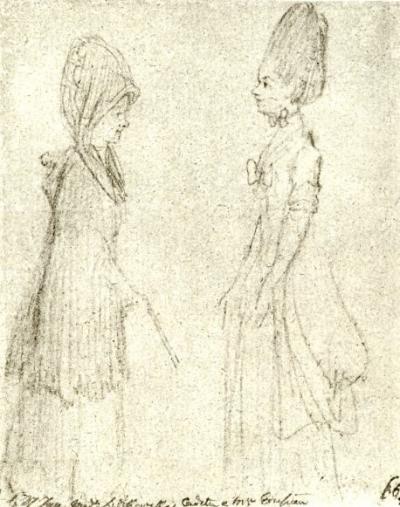

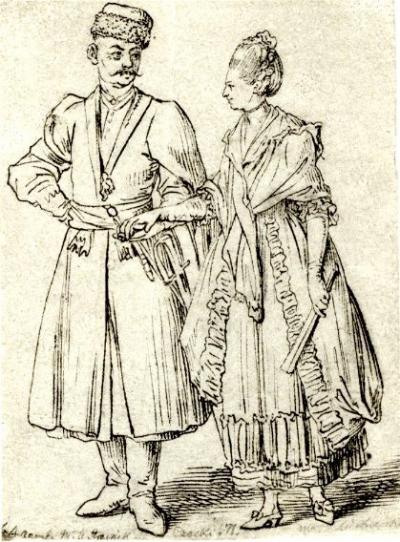
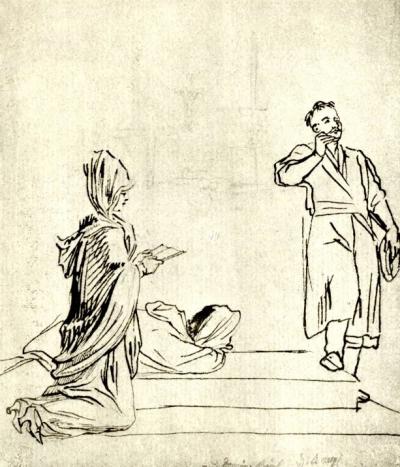
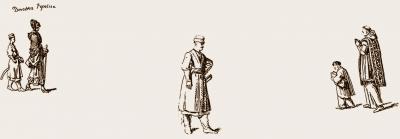
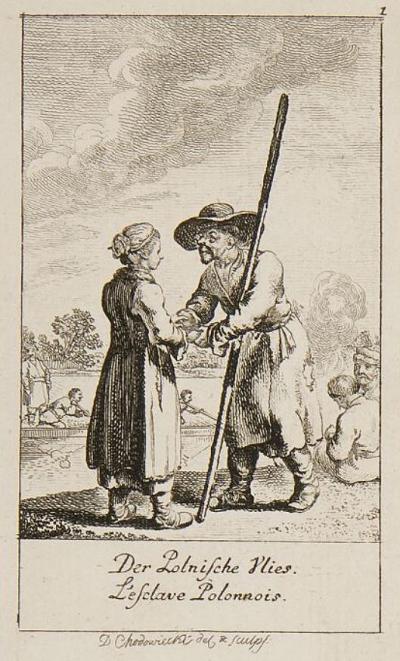
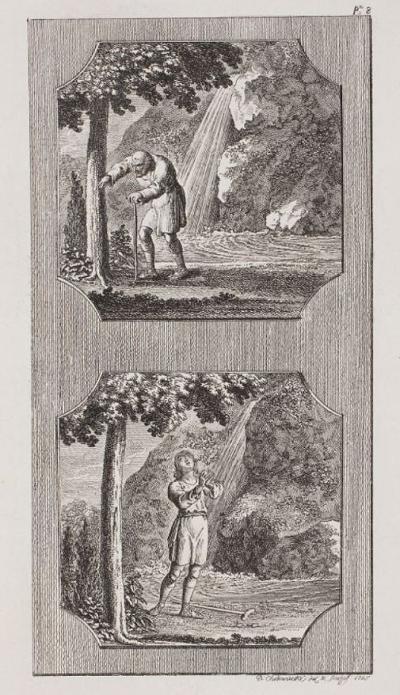
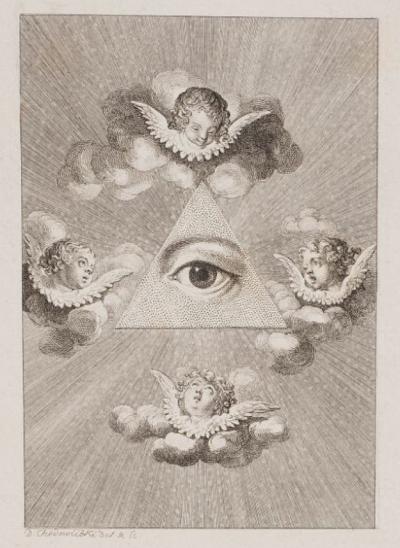

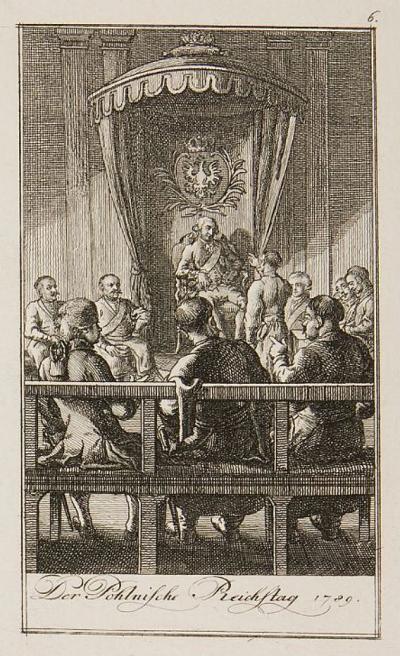
![Ill. 45: The new Polish Constitution Ill. 45: The new Polish Constitution - Etching, in: Begebenheiten aus der neueren Zeitgeschichte [...], Göttingen 1793.](/sites/default/files/styles/width_100_tiles/public/assets/images/45_polnische_verfassung.jpg?itok=8ZtNsUvt)
![Ill. 46: The celebration of Poland's great revolution Ill. 46: The celebration of Poland's great revolution - Etching, in: Sechs Blätter zur neueren Geschichte [...] 1793.](/sites/default/files/styles/width_100_tiles/public/assets/images/46_revolution_polens.jpg?itok=1TH3eNK0)

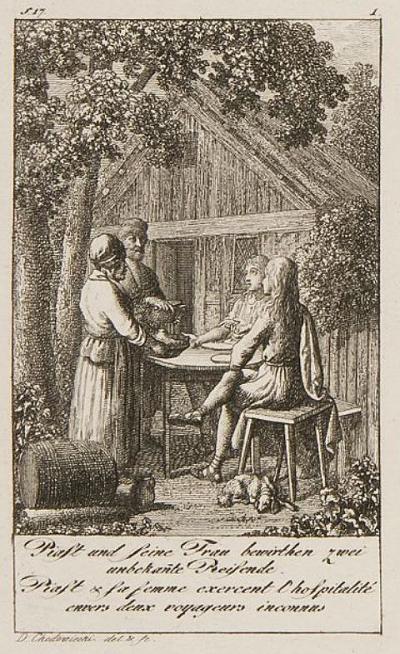
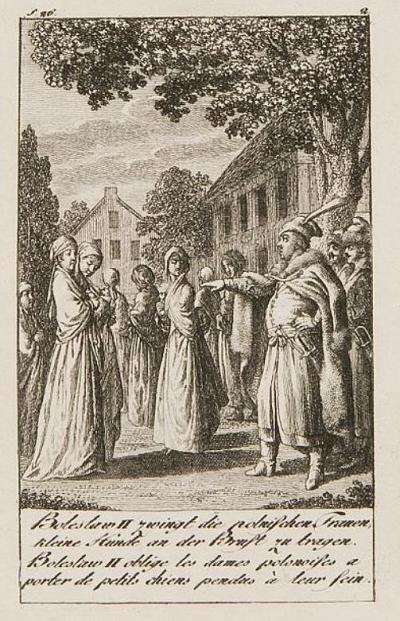

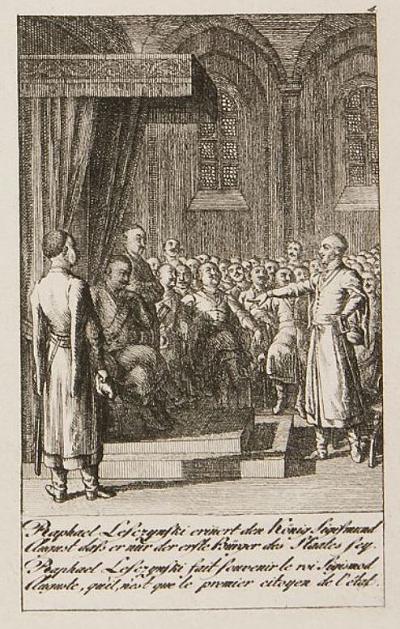



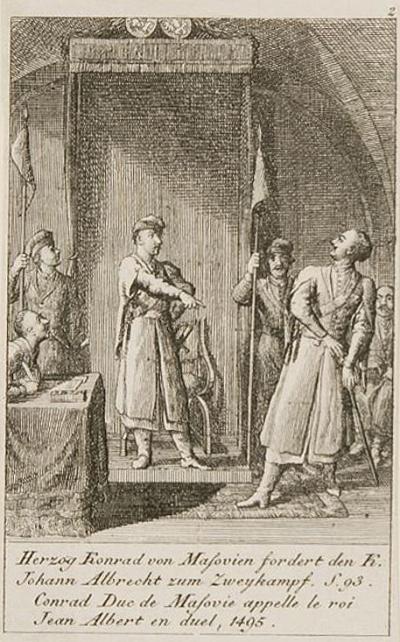
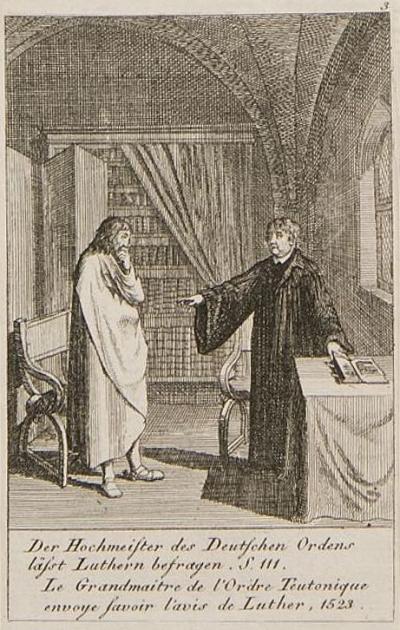


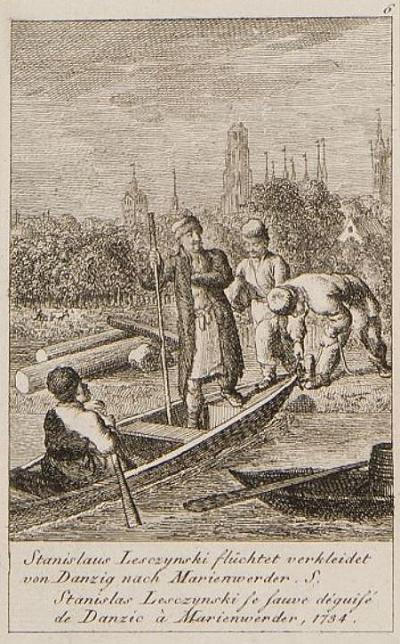
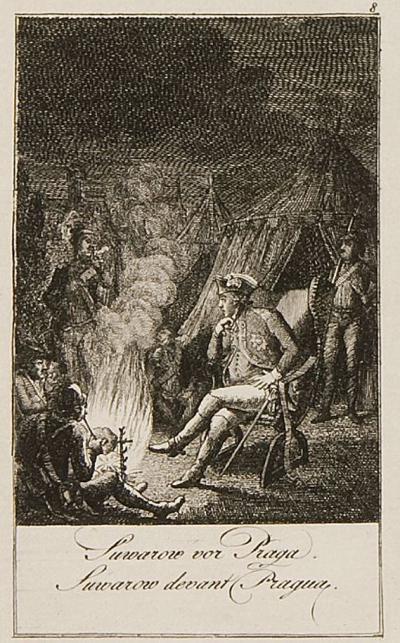



Daniel Chodowiecki - Hörspiel von "COSMO Radio po polsku" auf Deutsch

![Ill. 2: Cabinet d’un peintre [Cabinet of a painter] Ill. 2: Cabinet d’un peintre [Cabinet of a painter] - Etching, 18 x 23 cm. Depicted is part of Chodowiecki](/sites/default/files/styles/width_100_tiles/public/assets/images/2_mit_familie.jpg?itok=Ox3Ojmp4)










































![Ill. 45: The new Polish Constitution Ill. 45: The new Polish Constitution - Etching, in: Begebenheiten aus der neueren Zeitgeschichte [...], Göttingen 1793.](/sites/default/files/styles/width_100_tiles/public/assets/images/45_polnische_verfassung.jpg?itok=8ZtNsUvt)
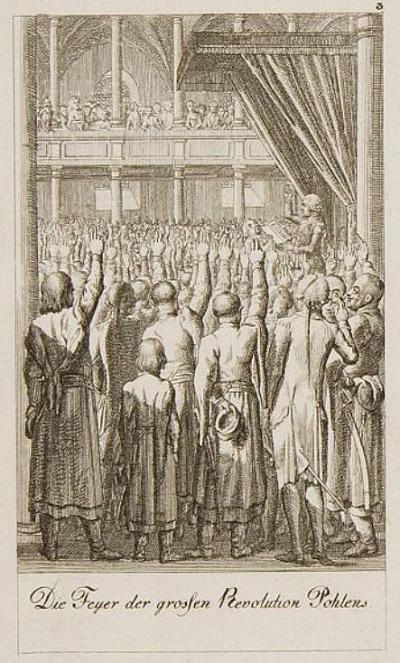


















Two prints throw a light on the history of the Teutonic Knights who set up a State of the Teutonic Order in the Baltic at the end of the 13th century and suffered heavy defeats in 1410 in the battle of Tannenberg against the Union of Poland and Lithuania. Chodowiecki portrayed them in their mediaeval cavalry uniform (Ill. 50) and made another portrait of the Grand Master of the Teutonic order, Duke Albrecht of Prussia (1490-1568), questioning Martin Luther in 1523 (Ill. 56). The latter called on him to change the State of the Teutonic Order into a secular duchy and introduce the Reformation. One of the results of the confessional differences that ruled Poland from that time onward, was that the Polish King Władysław IV Wasa initiated religious dialogues in Thorn (Ill. 58) in 1645 to mediate between the Lutherans who were influenced by Prussia and the Catholics of the Polish-Lithuanian Aristocratic Republic.
On top of this Chodowiecki also portrayed incidents from the life of Polish kings like Zygmunt III Wasa (1566-1632), whose rule was sharply criticised (Ill. 51) by Protestant aristocrats and the Voivode of Belz, Rafał Leszczyński (1579-1636).[23] Furthermore there are two scenes from the life of Jan III Sobieski (1629-1696), who became King of Poland in 1674 (Ill. 52, 53), one of the death of King Kasimir the Great (Kazimierz III Wielki, 1310-1370) on a hunting expedition (Ill. 54), another of the start of a duel between King Johann I Albrecht (Jan I Olbracht, 1459-1501) and a Duke of Masovia (Ill. 55) and one of the flight via Danzig of King Stanisław I Leszczyński (1677-1766) during the battle for the Polish throne in 1734 (Ill. 59) to his second exile in Königsberg under the Prussian King, Friedrich Wilhelm I.
Chodowiecki’s final etching on the history of Poland shows the Russian general Alexander Wassiliewich Suvorov (1730-1800) in the military camp before the Warsaw suburb of Praga on the evening of 4th November 1794 (Ill. 60). Suvorov had already taken part in the Polish campaign against the members of the Confederation of Bar in 1768, occupied Warsaw in 1769 and conquered the Confederation Army in 1771. In September 1794 he was sent to Poland by the Russian Czarina, Catherine the Great, in order to put down the uprising of Polish patriots against the Partition of Poland under the leadership of General Tadeusz Kościuszko (1746-1817). After a victory near Brest Suvorov took Praga in an unequal battle against the Warsaw city militia, a Jewish regiment and civilians and farmers. 20,000 inhabitants were killed and Warsaw capitulated on the following day. A further 10,000 people were killed in a massacre of the civilian population in Praga. Chodowiecki’s etching appeared four years later in 1798 in a sequence of eight prints on the “History of Catherine II” that were published in the “Historical Genealogical Calendar” in Berlin. The fact that he represented this dramatic event by means of a romantic scene at the campfire before the massacre of Praga can probably be attributed to his social position in the Prussian capital, where it was forbidden to make any criticism of the treaty on the Third Partition of Poland between Russia, Austria and Prussia. In 1797, the year before the etching was made Chodowiecki was appointed as the director of the Berlin Akademie der Künste:.
Axel Feuß, October 2016
[23] Chodowiecki refers the story, probably erroneously to the Polish King Sigismund [II.] August (1520-1572].





















































































